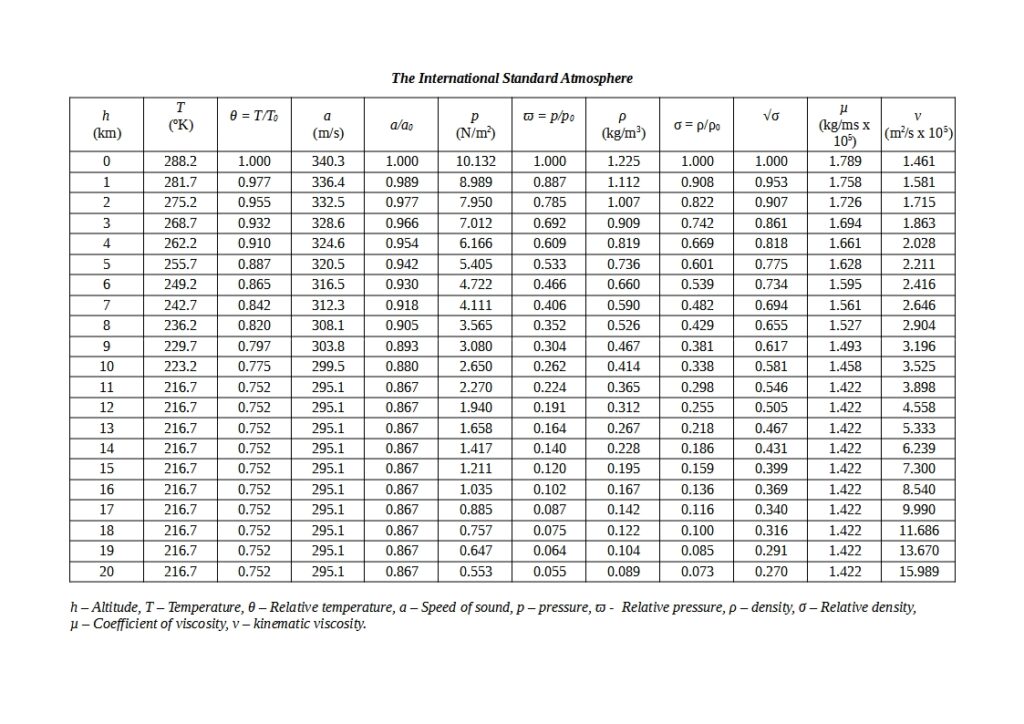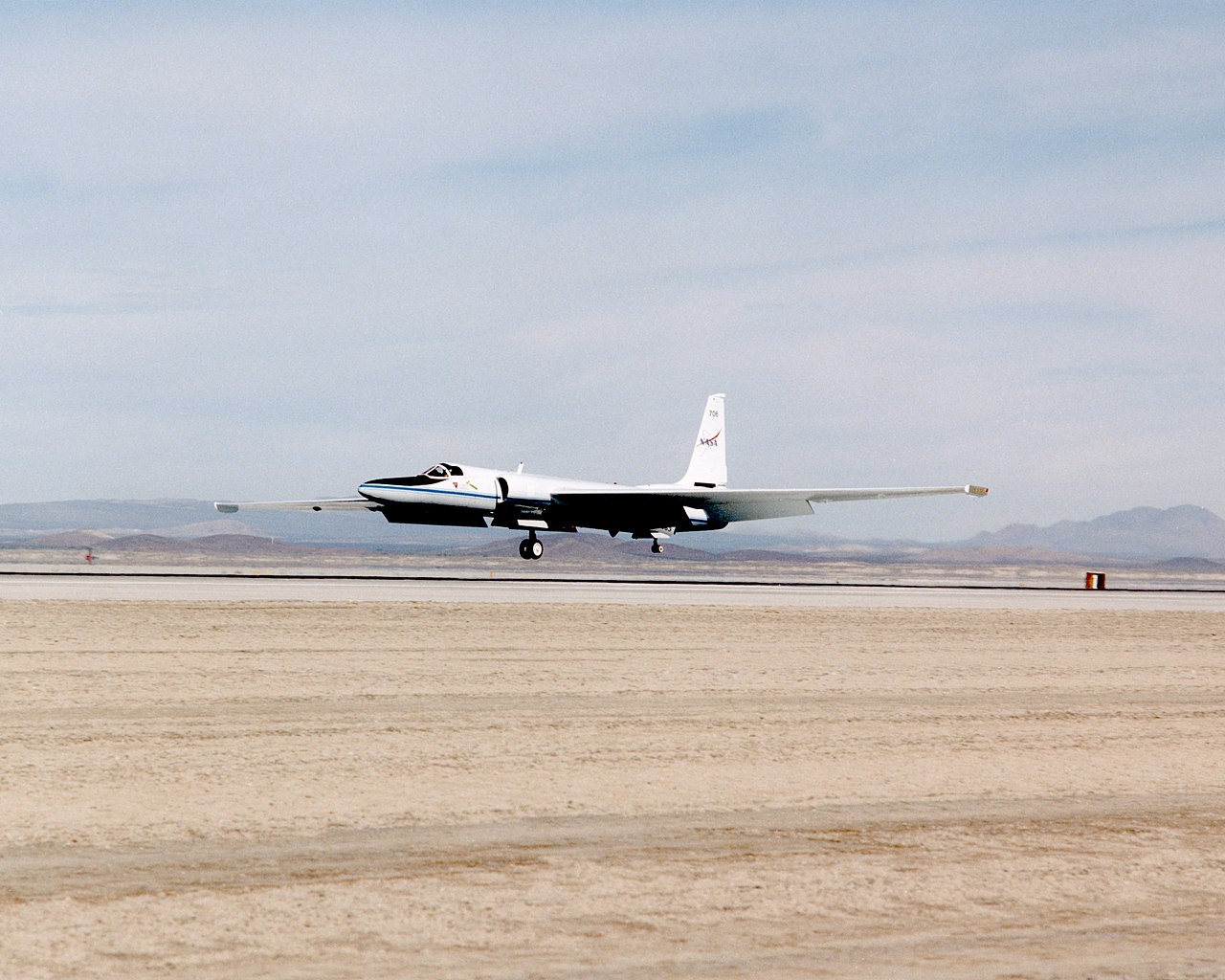The realm of aerospace exploration takes us to new heights, quite literally. As we ascend into the upper reaches of the Earth’s atmosphere, a unique set of challenges and effects come into play. In this blog, we’ll delve into the fascinating world of high altitude in aerospace, exploring the physiological, technological, and operational aspects that pilots, engineers, and researchers contend with in this demanding environment.
The High Altitude Frontier
Breathless Heights: Reduced Oxygen Levels
The effects of reduced oxygen levels at high altitudes pose significant challenges in the aerospace domain. As aircraft ascend to elevated heights, the atmospheric pressure decreases, leading to a reduction in the density of oxygen molecules. This decrease in available oxygen can result in a condition known as hypoxia, which impacts both human occupants and the performance of the aircraft. For occupants, hypoxia can lead to symptoms such as dizziness, confusion, and impaired judgment, emphasizing the critical need for supplemental oxygen systems for both pilots and passengers. In terms of aircraft performance, reduced oxygen levels influence engine efficiency and combustion processes, affecting overall propulsion capabilities. Aerospace engineering solutions, including pressurized cabins and advanced life support systems, are essential to mitigate the effects of reduced oxygen levels and ensure the safety and functionality of airborne operations at high altitudes.
Chilling Temperatures
The effects of reduced temperature due to high altitude play a significant role in shaping the performance and design of aircraft and spacecraft. As altitude increases, temperatures drop, creating an environment where extreme cold becomes a critical factor. At higher altitudes, the atmosphere thins, and the density of air decreases. This reduction in air density results in a decrease in temperature, known as adiabatic cooling. The impact of reduced temperatures is particularly pronounced on the materials and systems of aerospace vehicles. Engineers must account for the potential for materials to become brittle, affecting their structural integrity. Thermal protection systems become essential to shield critical components from the chilling effects of high-altitude flight. Moreover, spacecraft operating in outer space must contend with the absence of atmospheric insulation, leading to even more extreme cold conditions. The careful consideration and mitigation of these temperature effects are vital in ensuring the reliability and functionality of aerospace vehicles as they navigate the frigid realms of high altitude and space exploration.
Low Atmospheric Pressure
At higher altitudes in aerospace, the atmosphere undergoes a substantial decrease in atmospheric pressure, leading to lower air density. As an aircraft or spacecraft ascends, the pressure exerted by the air molecules diminishes, creating conditions known as low atmospheric pressure. This reduction in pressure has profound effects on both the performance of vehicles and the physiological well-being of individuals. Aircraft flying at high altitudes experience decreased lift, requiring careful aerodynamic considerations and specialized designs to maintain optimal performance. In the realm of space exploration, low atmospheric pressure is a key characteristic of the vacuum of space, where traditional aerodynamic principles do not apply. For humans, exposure to low atmospheric pressure without proper pressurization, as experienced in high-altitude flights or space travel, can lead to physiological challenges such as hypoxia, emphasizing the need for controlled cabin environments and life support systems in aerospace endeavors. Understanding and navigating the effects of low atmospheric pressure are critical for the safety and success of both manned and unmanned missions in the high-altitude expanses of aerospace exploration.
Technological Triumphs: Overcoming High Altitude Challenges
Aerodynamics and Performance
Aircraft operating at high altitudes face unique aerodynamic challenges. Thinner air leads to reduced lift, necessitating specialized wing designs and propulsion systems to maintain optimal performance.
Spacecraft Design and Engineering
Spacecraft must be meticulously engineered to withstand the harsh conditions of space, including high altitudes. Reinforced materials, advanced thermal insulation, and sophisticated life support systems are crucial for ensuring crew safety and mission success.

The International Standard Atmosphere
Human Factors: Adapting to Altitude
Pilot Training and Physiology
Pilots operating at high altitudes undergo specialized training to acclimate to the physiological challenges. This includes recognizing the signs of hypoxia, understanding altitude-related effects on cognitive function, and practicing emergency procedures.
Medical Considerations
For aerospace professionals, especially astronauts, medical evaluations are critical. Thorough health assessments and screenings help identify any underlying conditions that could be exacerbated by high-altitude environments.
Research and Exploration: Pushing the Limits
Scientific Discoveries
High-altitude environments provide unique opportunities for scientific research. Observatories and research stations situated at high elevations offer clear, unobstructed views of the cosmos, enabling astronomers and researchers to make groundbreaking observations.
Exploring Earth’s Extremes
Mountains and high-altitude regions on Earth serve as natural laboratories for studying extreme environments and conducting experiments in conditions that mimic those of space.
Conclusion: Scaling New Heights
Navigating the high-altitude frontier in aerospace is a testament to human ingenuity and the relentless pursuit of exploration. From pushing the boundaries of aircraft performance to venturing beyond Earth’s atmosphere, the challenges and effects of high altitude continue to inspire innovation and advance our understanding of the universe. As we continue to chart new territories in aerospace, the lessons learned from high-altitude exploration will undoubtedly play a pivotal role in shaping the future of aviation and space travel.
Thank you for reading this post, don't forget to subscribe our Youtube Channel.

